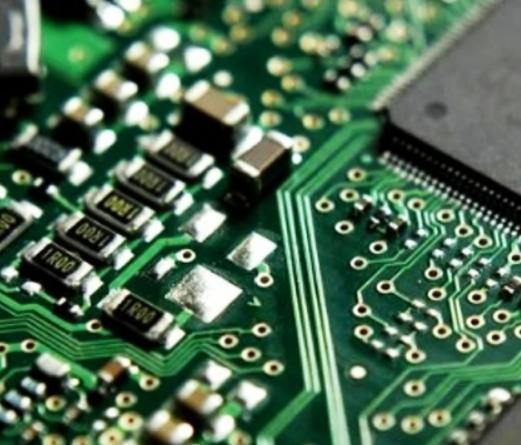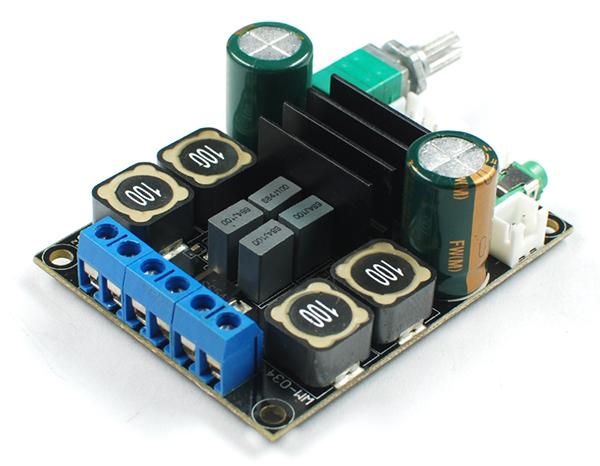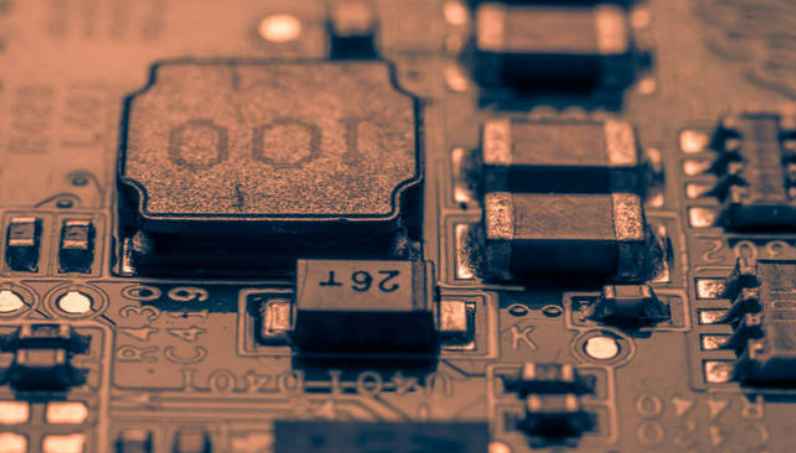
The use of millimeter-wave bands was once considered impractical, or considered a high-flying technology that only the military could afford. However, in recent years, with the popularization of the fifth generation (5G NR) wireless network and 77 GHz automotive radar, the application of millimeter wave has gradually become more and more common. Millimeter wave frequency signals can be transmitted through highly integrated printed circuit boards. This type of PCB usually has a multi-layer structure and can handle different types of signals simultaneously, including analog, digital, RF, and millimeter wave signals. The main problem facing millimeter wave circuit design engineers is integration and miniaturization, where they try to design as many functions as possible into the smallest PCB. However, different circuit functions have different requirements for PCB circuit board materials. For example, at millimeter wave frequencies, the circuit board material that provides the best performance may not be the most practical solution for power circuits.
Usually, for multilayer PCBS with multiple circuit functions, the most practical solution is to realize the full function of the circuit through a multilayer PCB composed of three or more different circuit board materials. When selecting circuit board materials, you need to fully consider their characteristics and choose the best circuit board materials as far as possible to better match the functions required by each circuit, such as power circuit, high speed digital circuit, low frequency radio frequency, microwave circuit and high frequency millimeter wave circuit.
When selecting circuit board materials, the first consideration is usually the electrical parameters of the material, such as dielectric constant (Dk) and loss factor (Df) or loss tangent. Secondly, it is also necessary to fully consider the mechanical characteristics of the circuit board material according to the function and the number of layers of the circuit. Because the thickness of the circuit board material and other mechanical properties will affect the size of the transmission line and the spacing between the transmission lines, thus affecting the performance of high speed digital, high frequency microwave and millimeter wave circuits in the multilayer board.
Third, when designing and producing multilayer circuits, one must also consider how to interconnect these different combinations of laminates. No matter what kind of materials are selected, including circuit board materials and bonding materials, it is necessary to consider how to make it easier and more convenient to combine these materials into a whole.

First of all, it is necessary to understand the characteristics of circuit board materials on the performance of different circuits will have what kind of impact, in order to more reasonable the microstrip line, strip line and ground coplanar waveguide transmission line and FR4 and other low cost circuit board materials combined, composed of multilayer circuit board. However, as the frequency increases, the electrical parameters of the circuit board material change with the frequency also need to be considered. Such as Dk and Df with the increase of frequency, will have a huge impact on the performance of the transmission line, such as affecting the synchronization of radar pulse or the integrity of the modulated communication signal.
Mechanical properties of PCB materials, such as thickness and consistency of thickness, may not be as important at RF and microwave frequencies. However, as signal frequencies climb into the millimeter-wave range, these mechanical properties can affect circuit performance. Therefore, the influence of these factors must be fully considered when selecting the circuit board material with millimeter wave frequency. At such small wavelengths, the roughness of the conductors on the surface of the circuit board material can also affect circuit performance and lead to differences in phase response and insertion loss.
For high speed digital circuits, consideration must also be given to the selection of the appropriate circuit board material for the transmission line design so that good line matching (usually 50Ω or 100Ω differential), impedance consistency, and propagation characteristics can be achieved, avoiding unnecessary signal delay and signal distortion. Moreover, impedance consistency must be maintained at all nodes (including PCB layers), which requires a high degree of consistency in microhole processing and production technology. The composition of certain circuit board materials, particularly at millimeter-wave frequencies, may be more suitable for modern micromachining techniques (e.g. laser drilling) to form the microholes required for transmission line interconnections. For high-speed digital circuits and millimeter-wave circuits, minimizing the distance between microholes and precisely aligning multiple PCB layers can achieve the lowest loss and highest reliability, even when interconnecting different PCB materials. In order to achieve and maintain good interlayer alignment and high reliability interlayer micropores, a circuit board material with excellent mechanical stability is required.
Multifunctional, multilayer printed circuit boards for radar systems in self-driving cars and millimeter-wave circuits in 5G wireless communication networks can be designed and manufactured to certain standards that are already in large-scale commercial use. The prevailing design solution is to use more layers and thinner circuits to accommodate the small size and light weight requirements. In practice, this kind of demand is more common in military millimeter wave circuit, which needs to meet the requirements of size, weight and power.
Other design considerations for commercial millimeter-wave circuits include higher density, more functionality on smaller circuits, good temperature stability, low hygroscopicity, and normal operation in harsh operating environments. Therefore, circuit board materials for high-speed digital circuits and millimeter-wave circuits usually meet low Dk, low Df and stable Dk and stable Df over a wide temperature range. As more and more millimeter-wave circuits use multilayer PCB boards, there is an increasing demand for circuit board materials to meet not only the electrical performance requirements of high-frequency/high-speed circuits, but also the mechanical requirements of multilayer circuits. This multilayer PCB board is usually composed of a line laminate and a binder (bonding material) to hold the layers together.






